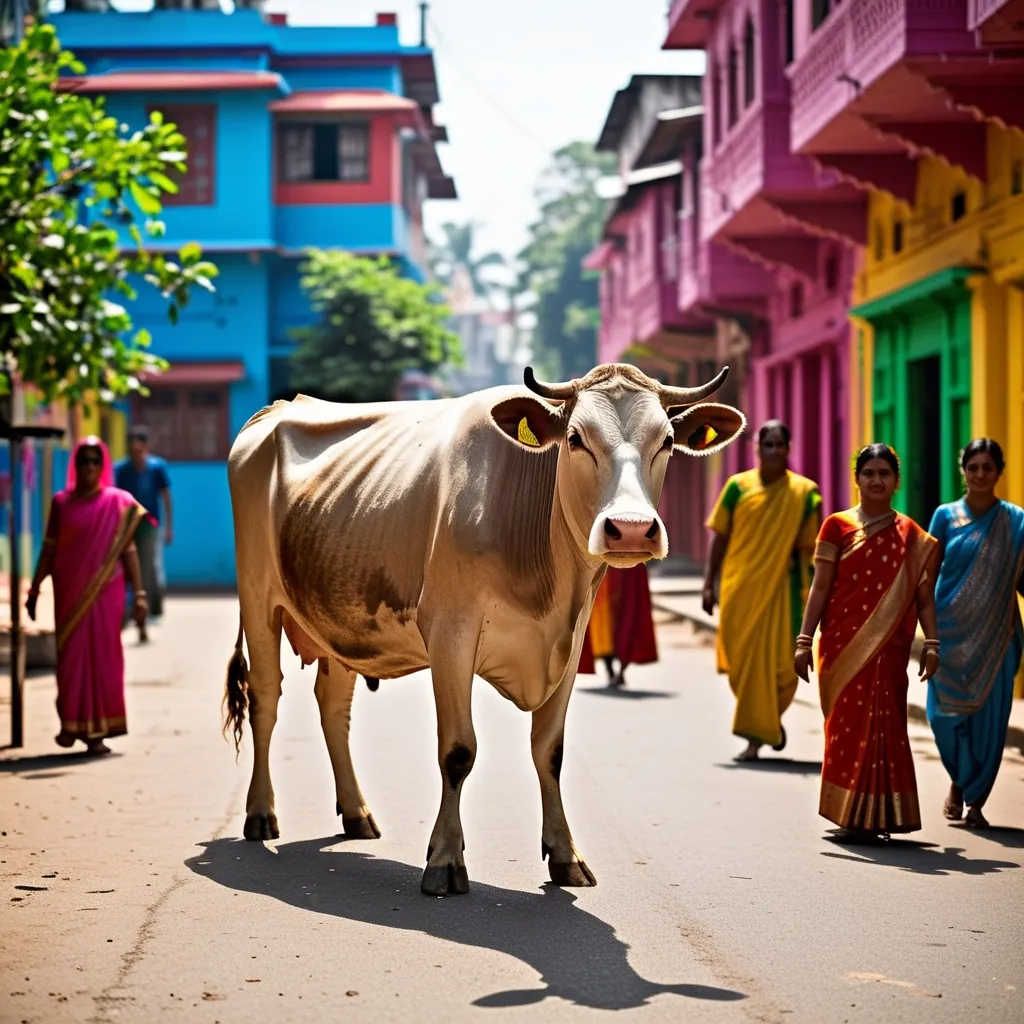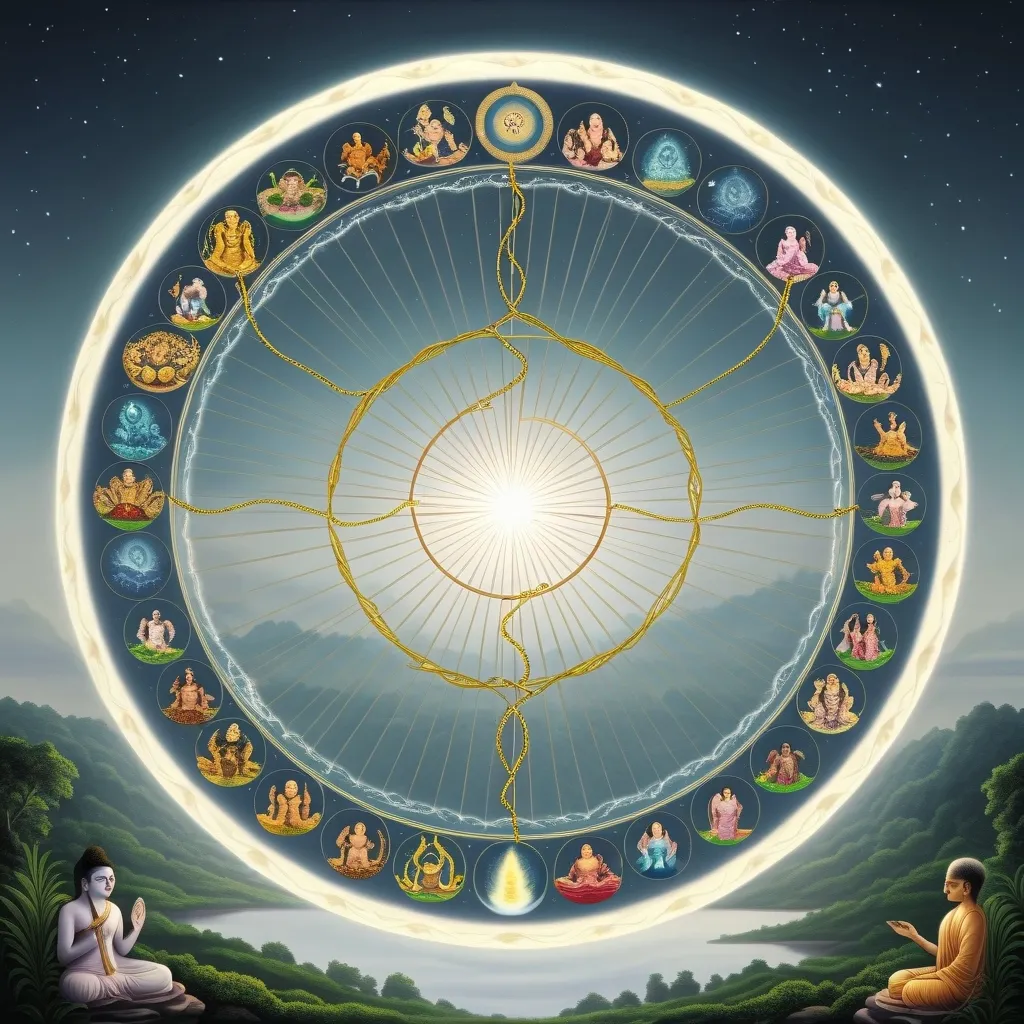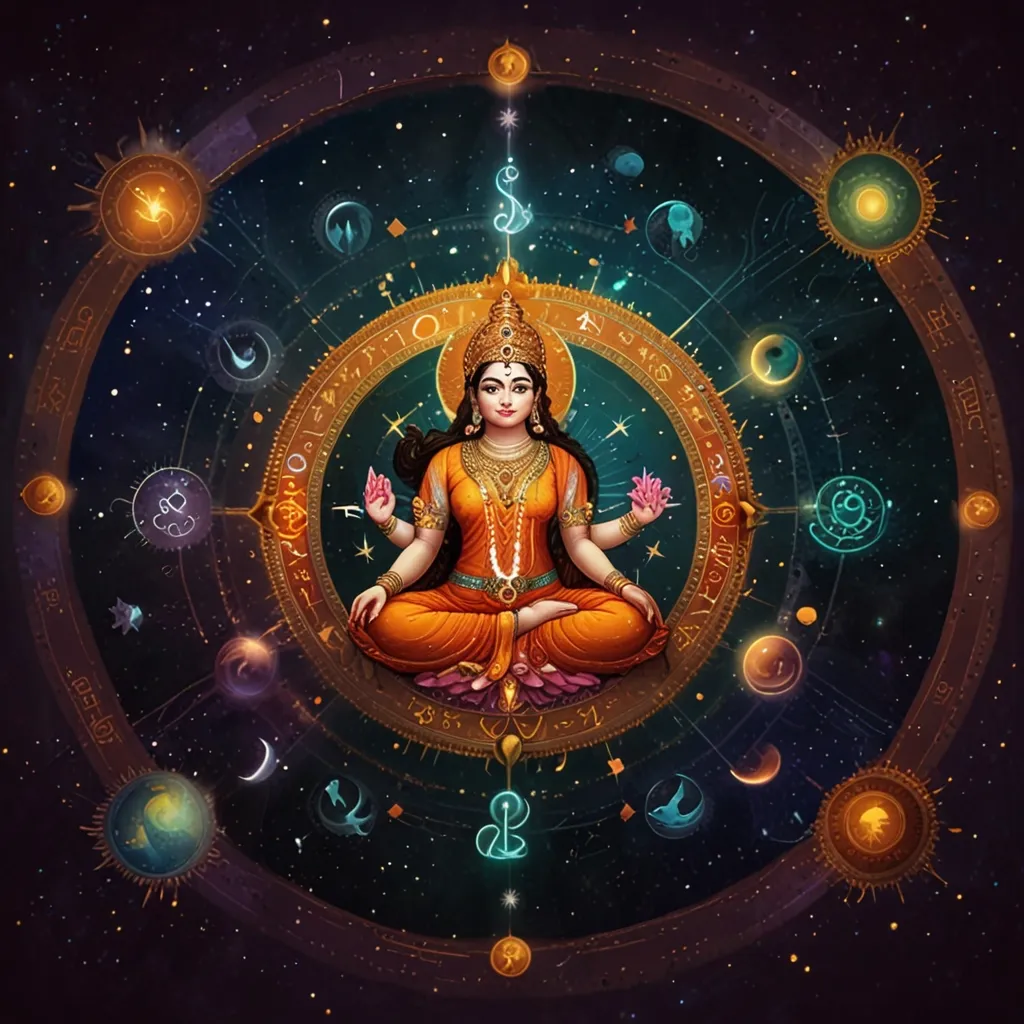The Sacred Cow: A Symbol of Hindu Culture and Spirituality
In the colorful tapestry of Hinduism, the cow stands out as a powerful symbol, woven into the very fabric of Indian culture. It’s not just a religious icon, but a living embodiment of the values that have shaped Hindu society for millennia. Let’s dive into this fascinating subject and explore why the humble cow holds such a revered place in the hearts of millions.
Picture this: you’re walking down a bustling street in India, and amidst the chaos of honking cars and chattering crowds, you spot a cow calmly munching on some grass by the roadside. Nobody bats an eye. This scene perfectly captures the unique place cows occupy in Hindu culture - they’re everywhere, and they’re treated with a mix of reverence and casual acceptance that’s hard to find anywhere else in the world.
The story of the sacred cow goes way back - we’re talking ancient history here. The Indus Valley Civilization, which flourished around 3000 BCE, already showed signs of cow veneration. These early societies weren’t just keeping cows around for kicks; cattle were crucial for their survival, providing milk, helping with agriculture, and even serving as a form of currency. It’s no wonder they started seeing these animals as something special.
As time went on, the cow’s status only grew. When the Indo-European peoples rolled into India around 2000 BCE, they brought with them a strong pastoralist tradition. For these folks, cattle weren’t just animals - they were wealth on four legs. This mindset meshed perfectly with the existing reverence for cows, creating a cultural cocktail that would shape Hindu society for millennia to come.
Now, let’s fast forward to the Vedic period, roughly spanning from 1500 BCE to 500 BCE. This is when things really started cooking for our bovine friends. The Rigveda, one of the oldest Hindu scriptures, describes the cow as “unslayable” and associates it with divine goodness. It’s like the cow got a celestial upgrade, moving from “useful animal” to “earthly representative of the gods.”
But wait, there’s more! Enter Lord Krishna, one of the most beloved deities in Hinduism. This blue-skinned charmer is often depicted as a cowherd, which is like the ancient Indian equivalent of a rock star posing with a guitar. Krishna’s association with cows cemented their status as sacred animals in the Hindu pantheon.
As Hinduism evolved, so did the symbolism of the cow. In the Upanishads, a set of philosophical texts that followed the Vedas, we see the introduction of a game-changing concept: ahimsa, or non-violence. This idea, which emphasizes not harming any living being, turned the cow into a walking, mooing symbol of peace and compassion.
Think about it - what could be a better representation of non-violence than a gentle, docile cow? These animals give milk, help in farming, and ask for nothing in return except maybe a patch of grass to munch on. In a world that often feels chaotic and cruel, the cow became a reminder of the virtues of selflessness and generosity.
But the cow’s significance in Hinduism isn’t just about abstract symbolism. These animals play a practical role in religious rituals too. The panchagavya, or five products of the cow (milk, curd, ghee, urine, and dung), are used in various purification and healing ceremonies. Yes, you read that right - even cow dung has a sacred use in Hinduism. It’s often used to purify spaces, and in rural areas, dried cow dung is still a common fuel source.
Now, you might be thinking, “Okay, cows are important in Hinduism. But why are they allowed to roam freely in the streets?” Well, that’s where things get a bit complicated. The idea of letting cows wander stems from the belief that they should be free to go where they please, as befits their sacred status. However, this practice has led to some modern-day challenges, especially in urban areas where stray cows can cause traffic problems or health issues.
The sacred status of cows has also been a source of political and social tension at various points in Indian history. During the Mughal era and later under British rule, the cow became a symbol of Hindu identity and resistance against foreign influence. In the late 19th century, there was a significant movement to protect cows, which was as much about politics as it was about religion.
Even today, cow protection remains a hot-button issue in India. Some states have strict laws against cow slaughter, and there have been instances of violence related to cow protection. It’s a complex issue that intertwines religion, politics, and cultural identity.
Despite these complexities, the reverence for cows remains a central aspect of Hindu culture. Many Hindus abstain from eating beef out of respect for the cow’s sacred status. Cow-centric festivals like Govardhan Puja and Gopashtami are celebrated with great enthusiasm. There are even special shelters called gaushalas dedicated to caring for old and abandoned cows.
But here’s the thing - Hinduism is incredibly diverse, and not all Hindus view cows in exactly the same way. In some regions of India, particularly in the south and northeast, attitudes towards cow slaughter and beef consumption are more relaxed. It’s a reminder that even within Hinduism, there’s a wide range of beliefs and practices.
In the grand scheme of things, the sacred cow in Hinduism is more than just an animal - it’s a living symbol of the religion’s core values. It represents motherhood, abundance, and non-violence. It’s a reminder of the interconnectedness of all living beings and the importance of treating all life with respect.
As India continues to modernize and urbanize, the relationship between people and cows is changing. You’re less likely to see cows roaming freely in big cities these days, and younger generations might not feel the same connection to cows that their grandparents did. But the symbolic importance of the cow in Hindu culture remains strong.
In many ways, the story of the sacred cow is the story of Hinduism itself - complex, deeply rooted in history, and constantly evolving. It’s a testament to the enduring power of symbols and the way religious beliefs can shape societies over thousands of years.
So, the next time you see a picture of a cow in an Indian setting, remember - you’re not just looking at an animal. You’re looking at a living piece of history, a symbol of spiritual values, and an embodiment of one of the world’s oldest and most fascinating religious traditions. The sacred cow of Hinduism is a reminder that sometimes, the most profound spiritual truths can be found in the most humble and unexpected places.






